The Fantasy of the Fiscal Plan for Puerto Rico
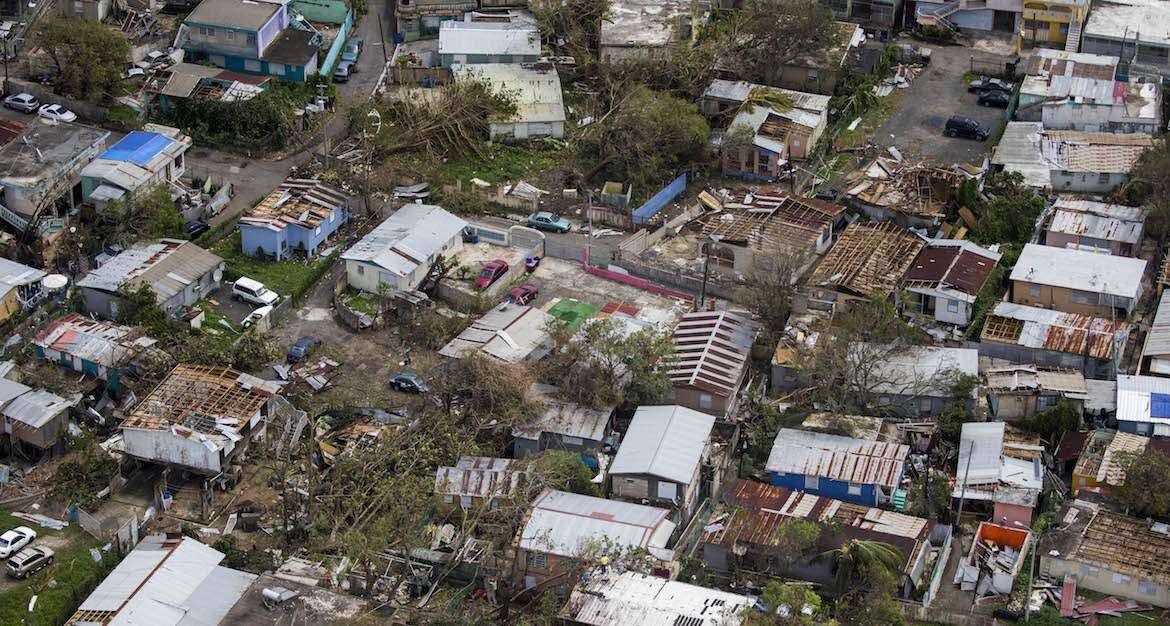
The strategy changes but not the results
The most recent version of Puerto Rico’s fiscal plan for its central government would chart the future of the country, giving some degree of certainty to citizens, businesses and investors to bet on the island’s dismal economy. Yet it is built on economic projections totally incompatible with the historical experience of places that have been destroyed by hurricanes the world over.
The plan also clashes with what has been Puerto Rico’s economic trajectory. In the past 30 years, the economy has never reached annual growth such as that estimated for fiscal year 2019 by the financial team of Governor Ricardo Rosselló Nevares. The group is led by Christian Sobrino, governor’s representative before the Fiscal Control Board (FCB), chief economic adviser to the governor, president of the Government Development Bank and chairman of the Financial Advisory & Fiscal Agency Authority (AAFAF by its Spanish acronym); and Gerardo Portela, executive director of AAFAF and by virtue of his position, member of the boards of directors of all public corporations. Neither of them has studies or experience in public finances or in government.
Over the past two years and a half, Puerto Rico has seen nine different versions of long-term fiscal and economic growth plans. The first three were prepared by the administration of former Gov. Alejandro García Padilla, while the remaining six by Gov. Rosselló Nevares. Although the exact cost of this exercise is still unknown, more than $90 million is currently awarded in contracts to the advisors and lawyers that assist the government in producing these plans, a search conducted by the Center for Investigative Journalism (CIJ) found. AAFAF didn’t answer a request for information over how much money Puerto Rico spends in consultants that work with the commonwealth’s fiscal plans and how much is budgeted for the effort.
Despite the hefty investment of time and money, all the plans generally include similar revenue and expense measures based on ever-changing economic growth projections that show the high level of uncertainty in the process. Take for instance the projections made by the FCB in December 2016, when a -17.10% fall in gross national product (GNP) was expected for fiscal year 2018, even before Hurricane María. Shortly after that, the projection was revised to -2.8%. After María’s passage, it stands at -11%.
None of the plans include sufficient technical and methodological details on how they arrive at their projections. They have all faced broad opposition from different sectors, including the major holders of Puerto Rico’s public debt.
In a nutshell, all plans share a critical problem: None can really reflect what the future of Puerto Rico will be. As the U.S. unincorporated territory continues to push through bankruptcy under Title III of PROMESA, it will be the Federal Court and the debt-restructuring process which, at the end of the day, decide how much money will be available for the government operation and how much will go to pay creditors. This would break with much of what has been proposed nowadays in all the fiscal plans.
The CIJ reviewed the different versions of the central government’s fiscal plan, as well as several analyses and independent studies on the economic impact of hurricanes around the world and how they relate to the most recent projections made by the FCB and the Puerto Rico government.
Among these, one of the most striking is ‘The Causal Effect of Environmental Catastrophe on Long-Run Economic Growth: Evidence From 6,700 Cyclones,’ a study made by economists Solomon M. Hsiang and Amir S. Jina for the National Bureau of Economic Research (NBER), a nonpartisan, nonprofit organization based in Cambridge, Mass. The International Monetary Fund, the University of Heidelberg in Germany and the University of Arizona are replicating the investigation, which looks back at all the cyclones that have made landfall between 1950 and 2008.
The Puerto Rico government and the FCB are well-acquainted with this study. In November, Jina participated of a public listening session held by the FCB to discuss the new fiscal plans after María. During his presentation, Jina said that following a hurricane landfall, most jurisdictions show a negative trend in economic growth that runs for at least 15 years. The study also finds that the majority of the affected economies fail to recover the level they had prior to the hurricane until at least 20 years later, with some cases taking up to 30 years.
The average downward economic trend shown in the study holds true regardless of the infused recovery funds, the type of the public policies implemented, the size of the country, or whether it is rich or poor. Economies that were generally growing before the hurricane could stay in positive territory but at a slower pace.
‘There are perhaps very strong assumptions which imply Puerto Rico gets back to positive growth, but given our general research and what we’ve found looking at every hurricane that has happened so far, we see that given that Puerto Rico should have been on a very flat growth trajectory, it would imply that it would get pulled to negative,’ Jina told CIJ. The latest projections from the Puerto Rico government state that the economy will grow every year with the exception of the current one, with increases in gross national product (GNP) ranging from 8.4% in fiscal 2019 to 2.1% in fiscal 2023.
The distinct case study has caught the attention of Jina and many of his colleagues, who have continued to run projections on Puerto Rico’s economy. After all, very few places, if any, have shared the U.S. territory’s ‘extremely unique’ political status, downward economic spiral and high indebtedness prior to a hurricane landfall, which makes it even harder to assess the Puerto Rico case.
Although Jina warned it is highly uncertain to project how the island’s economy would behave in the first two to three years after María, their long-term estimates coincide with the average negative trend in economic growth found in the NBER study. Their projections so far suggest a fall of roughly 21% in gross domestic product (GDP) levels over the next 15 years, vis a vis scenario where Hurricane María had not made landfall the way it did, he added.
‘Policymakers and political scientists would have opinions, but as far as the data are concerned from the history of every land-falling hurricane, there would be this large decline predicted for Puerto Rico over the next couple of decades unless some dramatic change takes place,’ Jina noted.
The most recent version of the fiscal plan projects an increase in real GNP of 19.4 percentage points between now and the fiscal year ending June 30, 2019. It is a growth projection without parallel in the world economy, and even more so when compared with Puerto Rico’s history, according to several economists interviewed by CIJ.
To read the full story you may visit the Center for Investigative Journalism here.



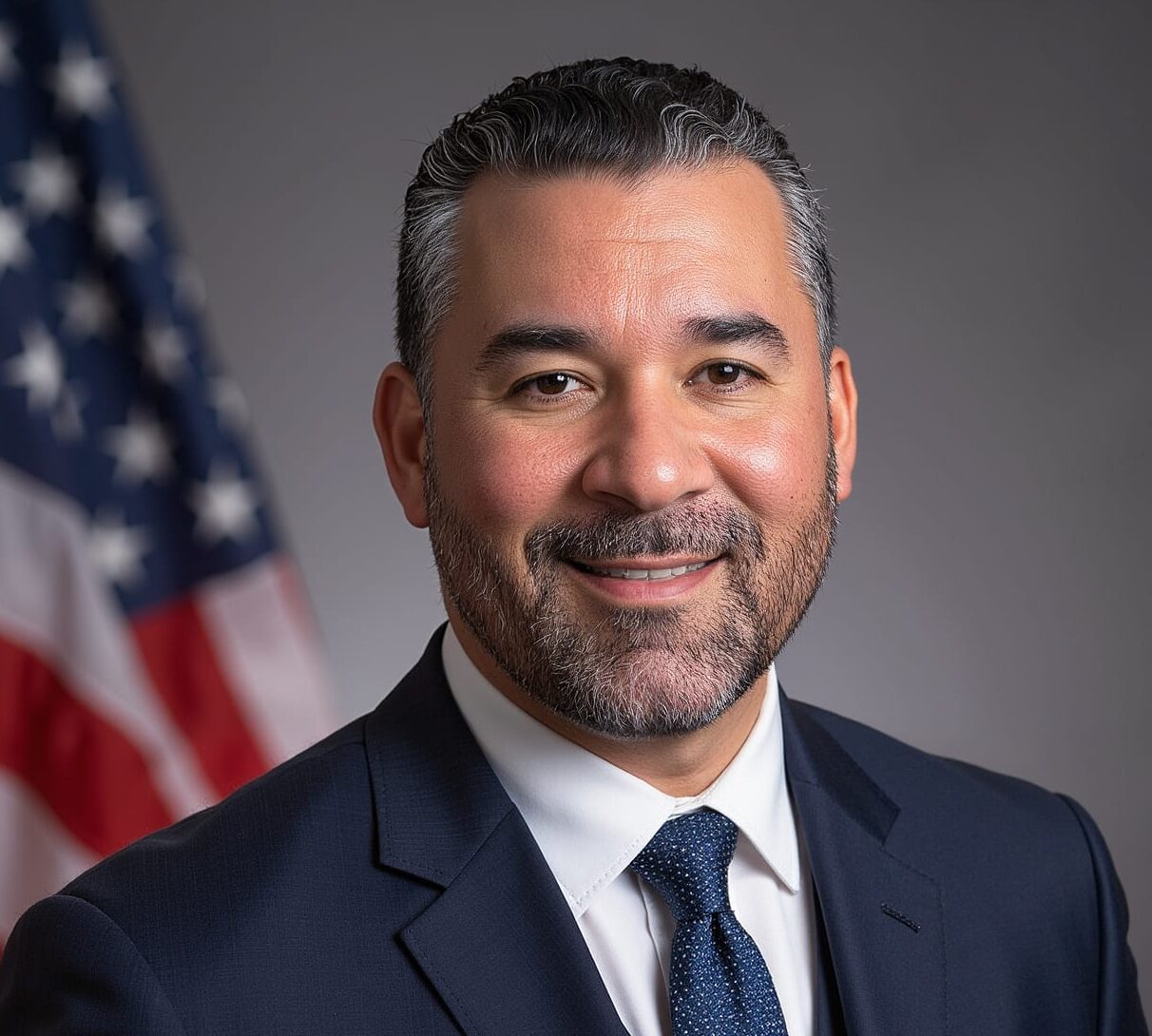



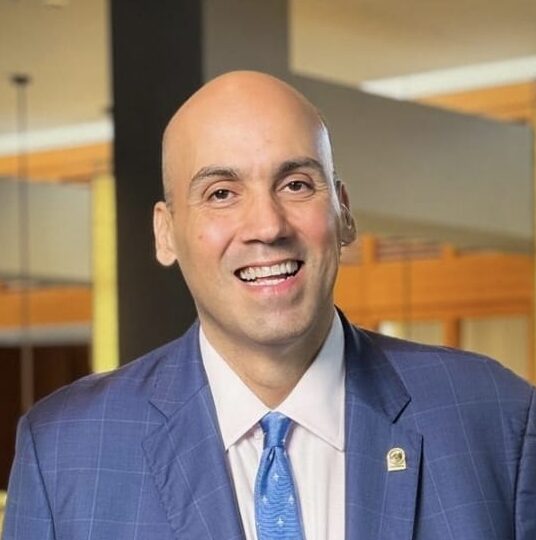
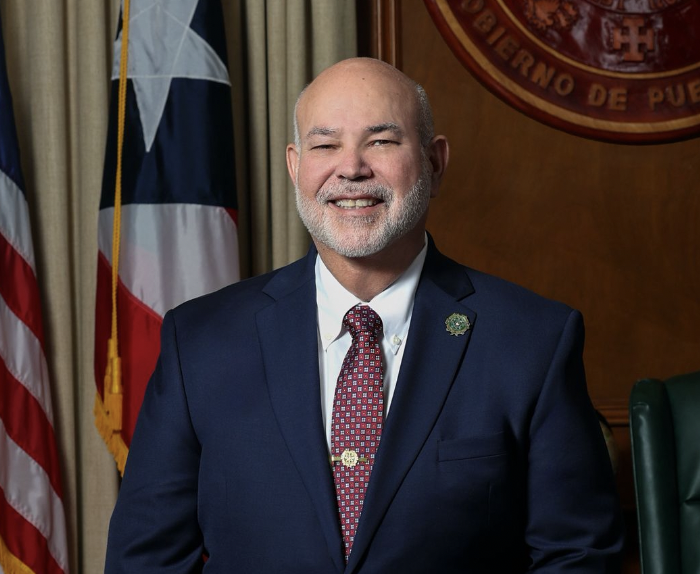

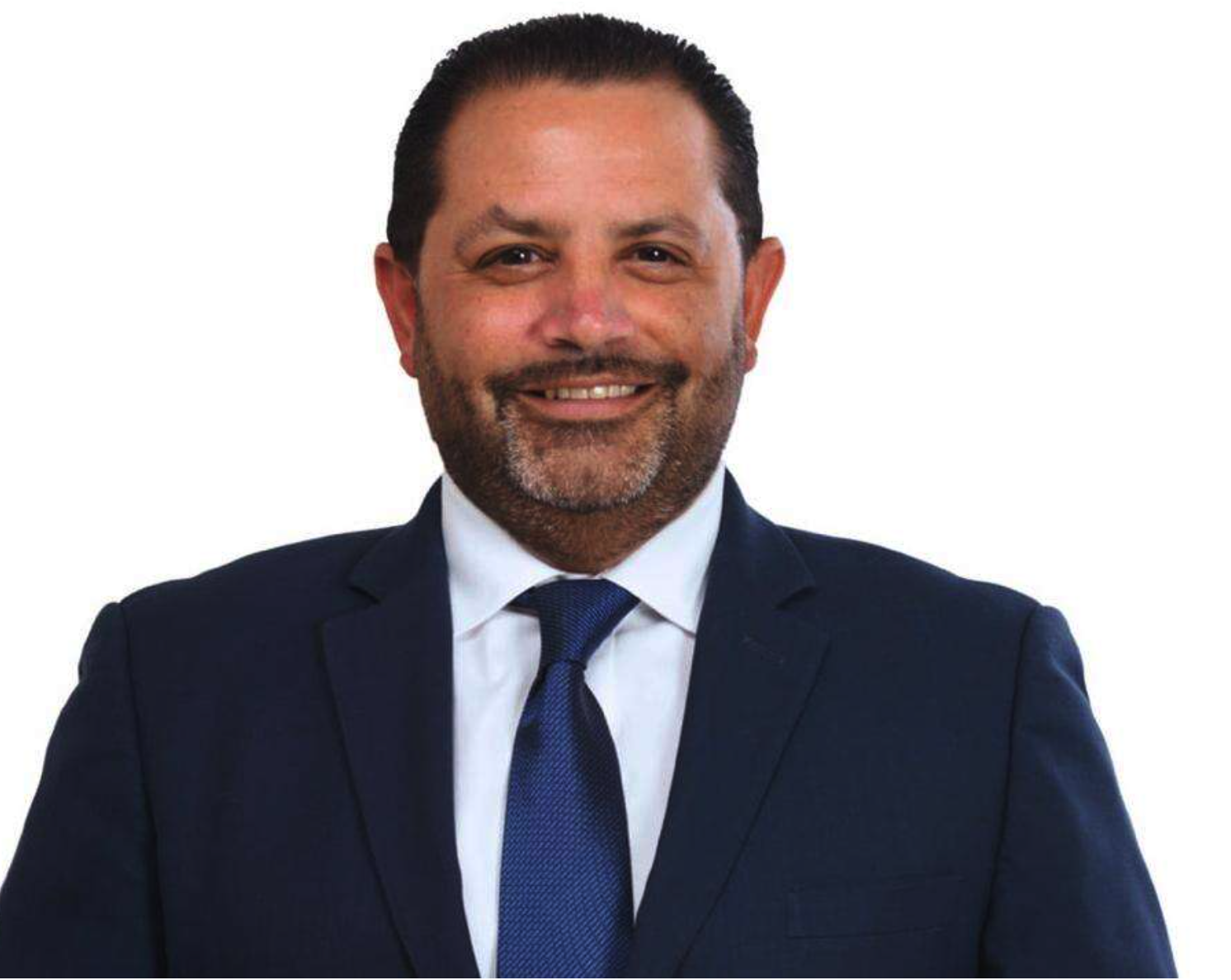

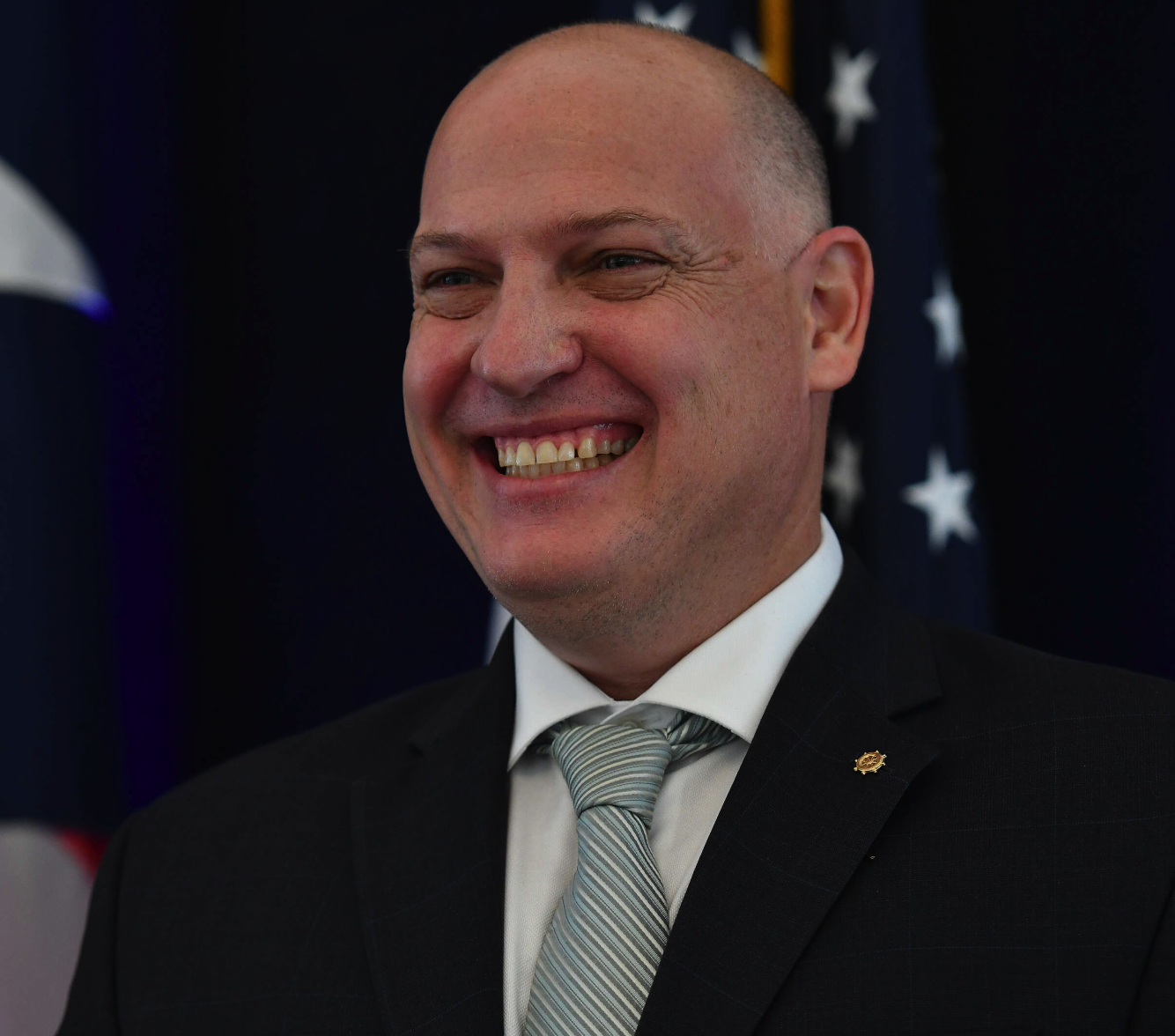
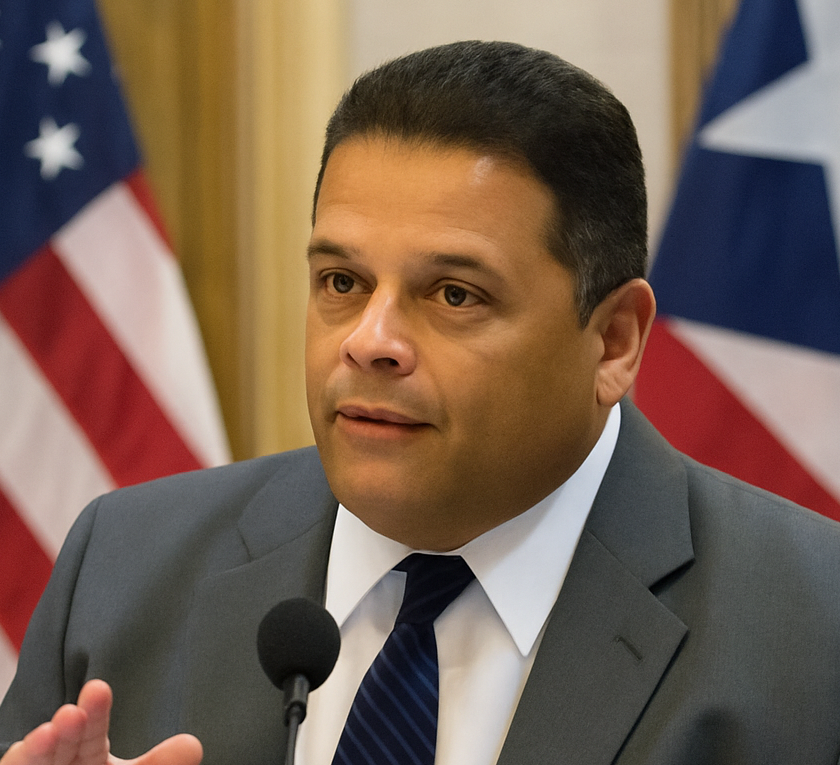








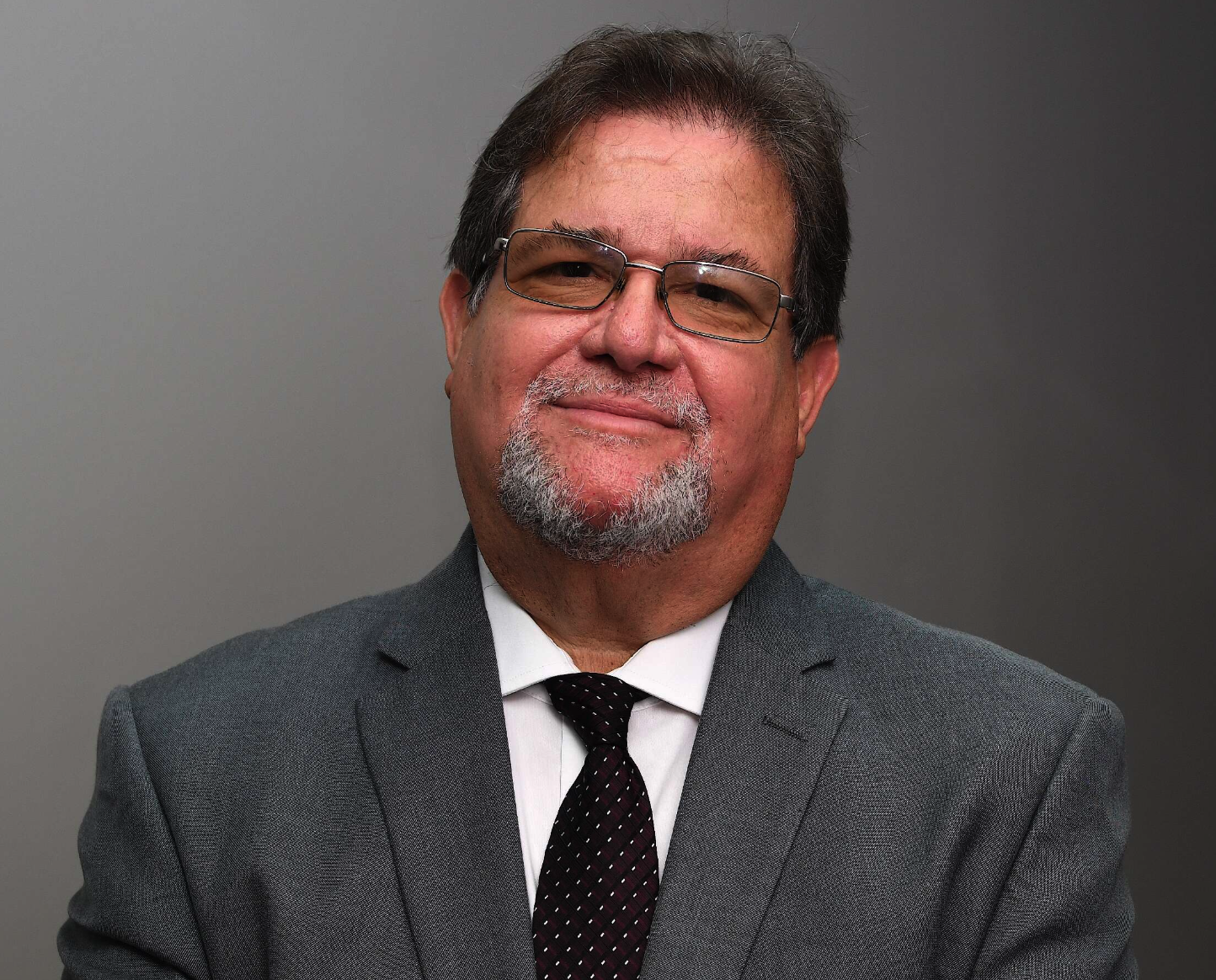
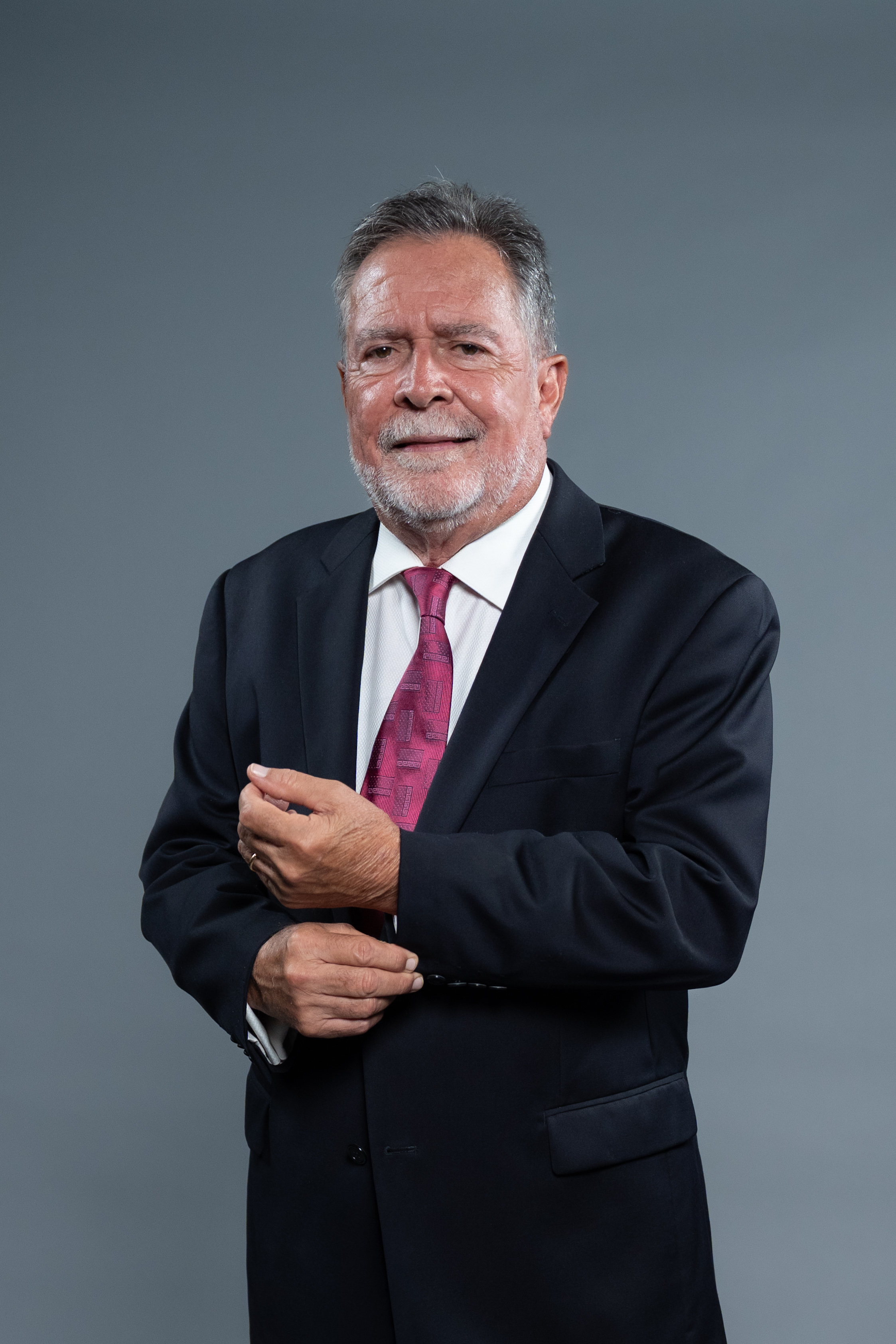

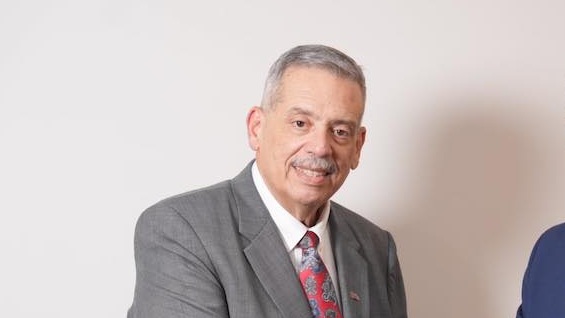

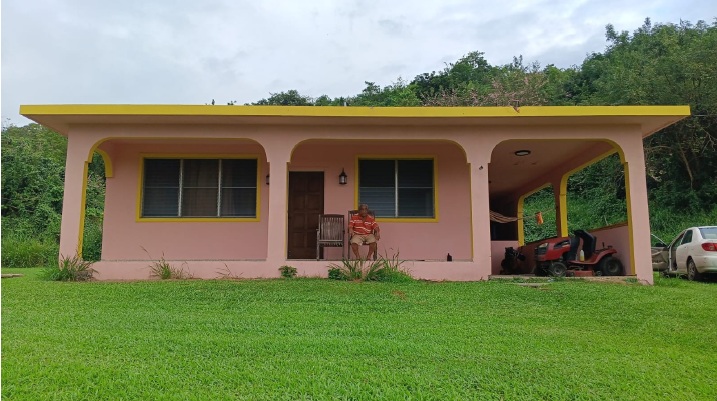

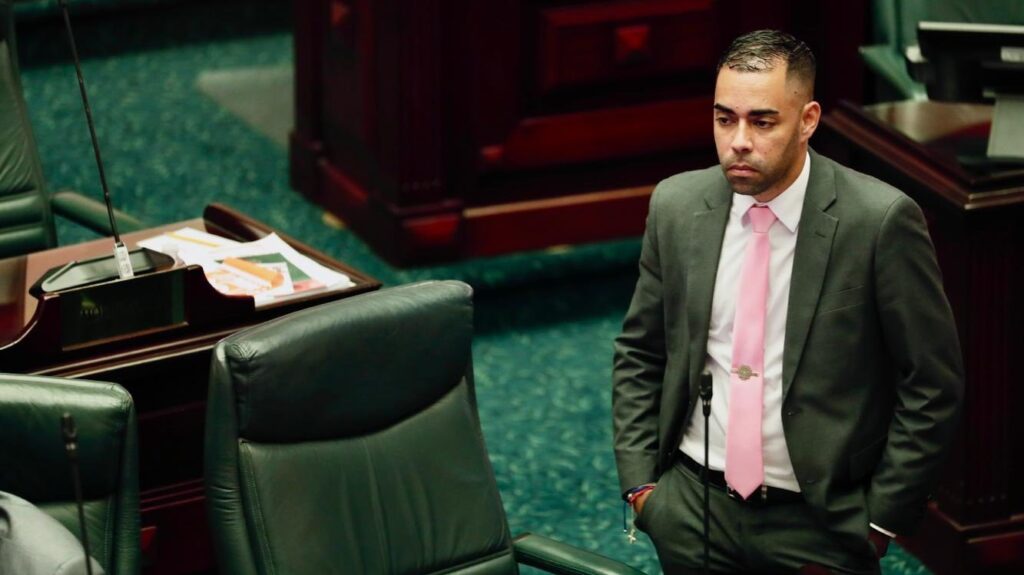
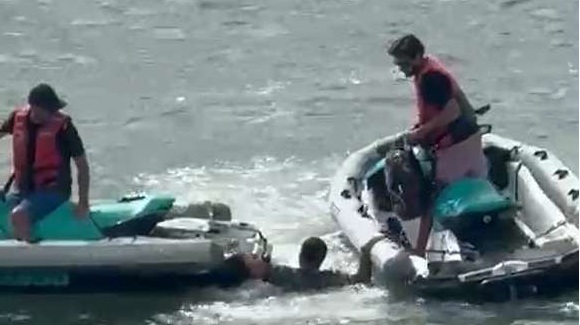



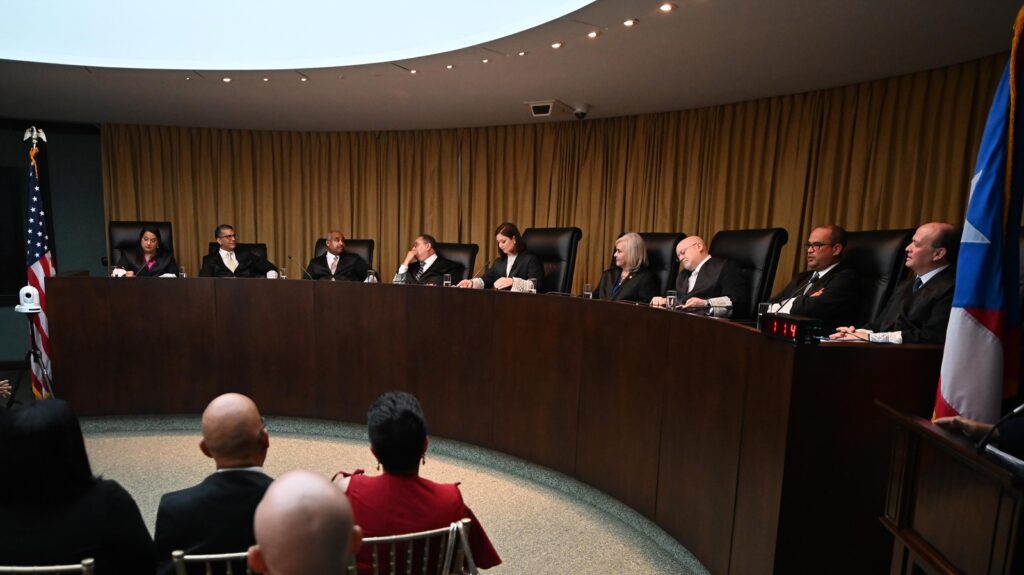

Comentarios {{ comments_count }}
Añadir comentario{{ child.content }}